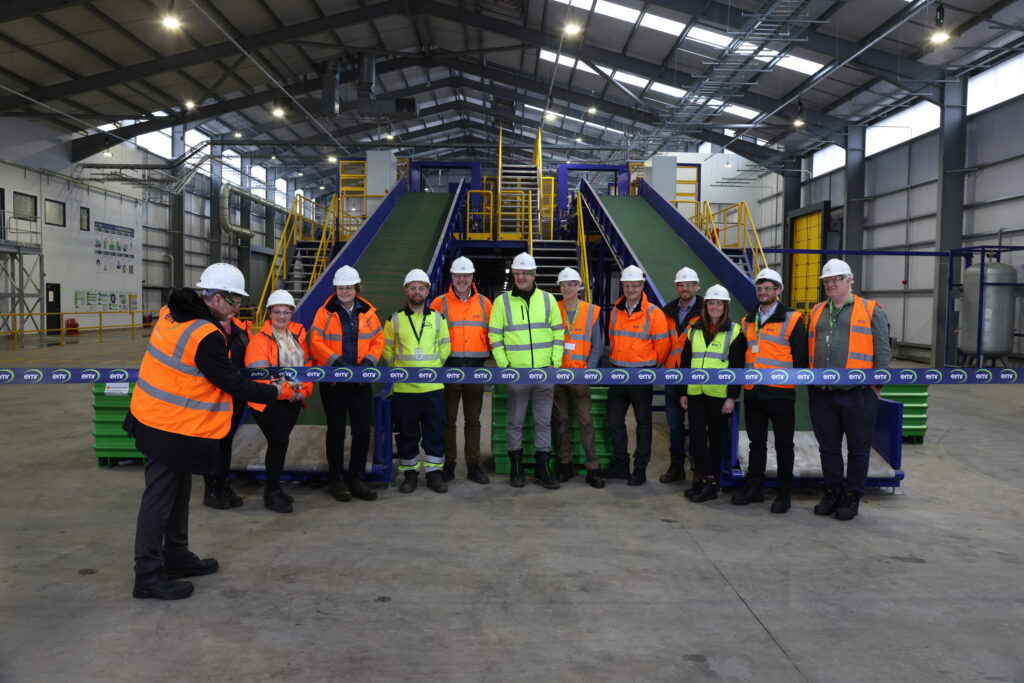The warning came from the association in response to the publication of the first set of End of Life Vehicle regulations by the government yesterday (see letsrecycle.com story). The new rules, introducing the first part of the European ELV Directive in the UK, include standards for the storage and treatment of ELVs and the environmental controls dismantlers and recyclers will have to bring in to become authorised treatment facilities.
The secretary of the association, Duncan Wemyss, who has substantial experience of the licensing regime for the metal recycling sector, said that the dismantlers were facing huge costs to comply with legislative requirements.
With speakers from DTI DEFRA Environment Agency Society of Motor Manufacturers and Traders British Vehicle Salvage Federation British Metals Recycling Association Consortium for Automotive Recycling Motor Vehicle Dismantlers Association Charles Trent Ltd. Redcorn
|
He said: “The new standards will come into force from February next year and looking at the situation under the current circumstances there is a great potential for the number of abandoned vehicles to increase. There will be less legal sites able to take end of life vehicles in and they will have to charge more to deal with them properly.”
Mr Wemyss said he would not expect the number of abandoned vehicles to increase in February but that this could be seen from a few months later. And, councils would have to meet increased costs for depolluting work required for the vehicles, he added.
Cost equation
The key point behind the likely rise in abandoned vehicles is the cost equation involved for dismantlers. They will have to invest heavily in their sites and until 2007, the motor manufacturers will have no duty on them to pay towards the dismantling and recycling of end of life vehicles. There are only three potential revenue sources for a dismantler: a payment from the last owner; payment by the shredder operators for the car hulk (currently worth 40 but variable and has been as low as 10); and payment for car spares which is generally a low source of income and unlikely to increase.
In contrast to the low potential for extra income (apart from raising charges to the last owner of the car) the dismantling sector will have to spend on depolluting and associated work as well as the concreting of yards with the installation of drainage including interceptors.
“We will be questioning DEFRA over whether dismantlers need to totally concrete the whole of their site. The wording of the legislation is 'a;ppropriate areas',” Mr Wemyss said. “My belief is that we should have the appropriate surface for when you are doing the depolluting work. Cars should then be able to be stored on hardstanding, such as hardcore or bricks.”
For more information on the requirements of the European ELV Directive, click here for an Article-by-Article guide.












Subscribe for free